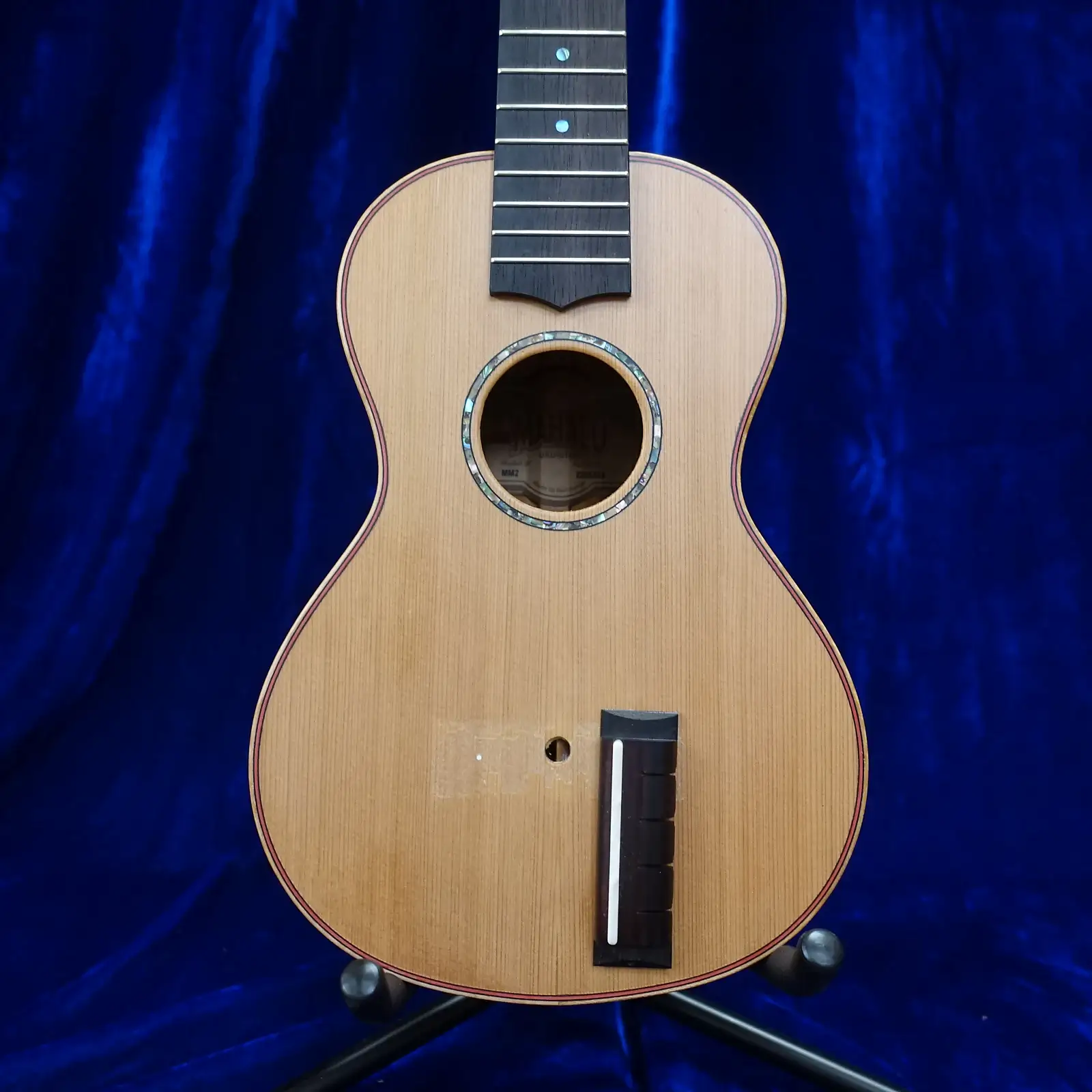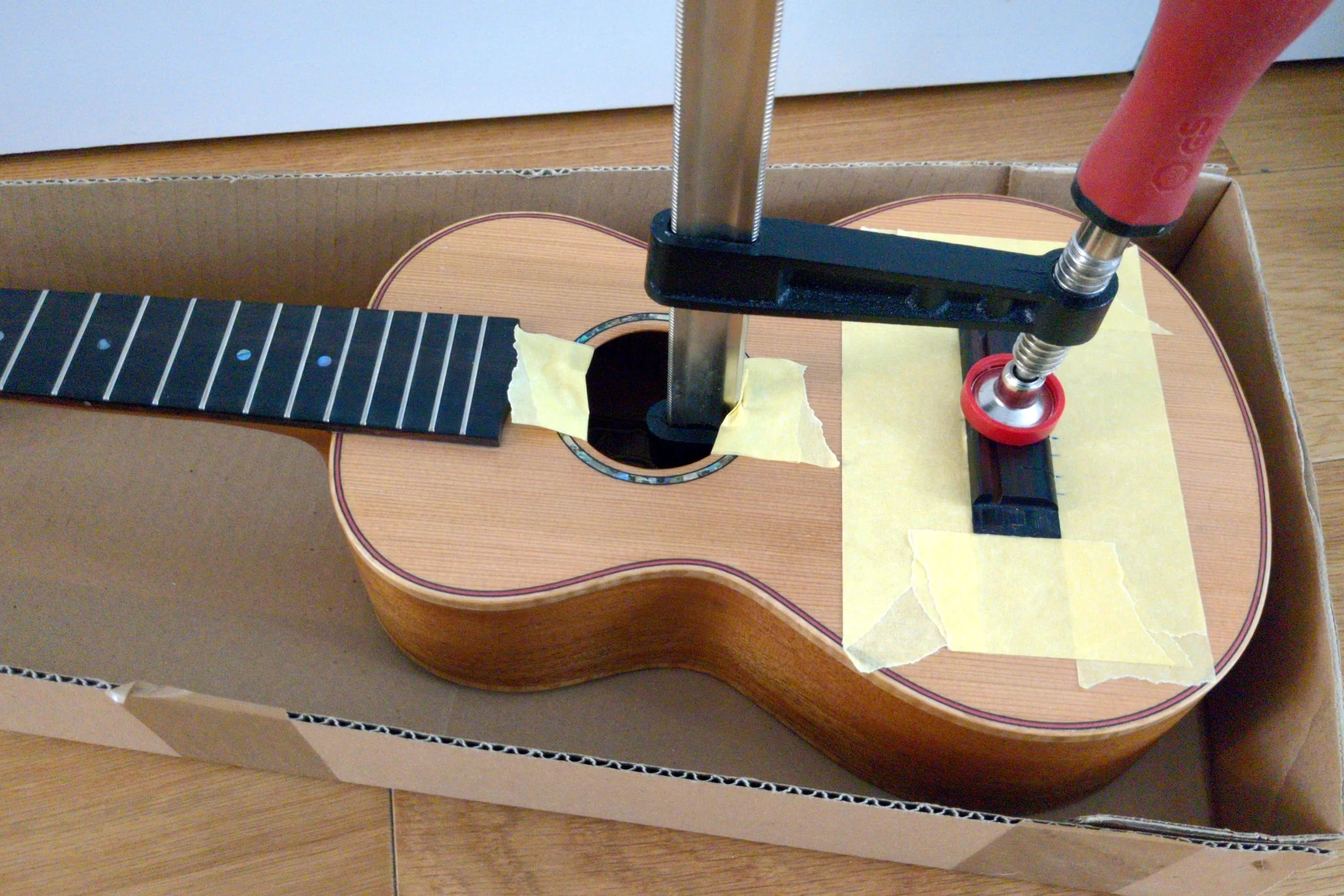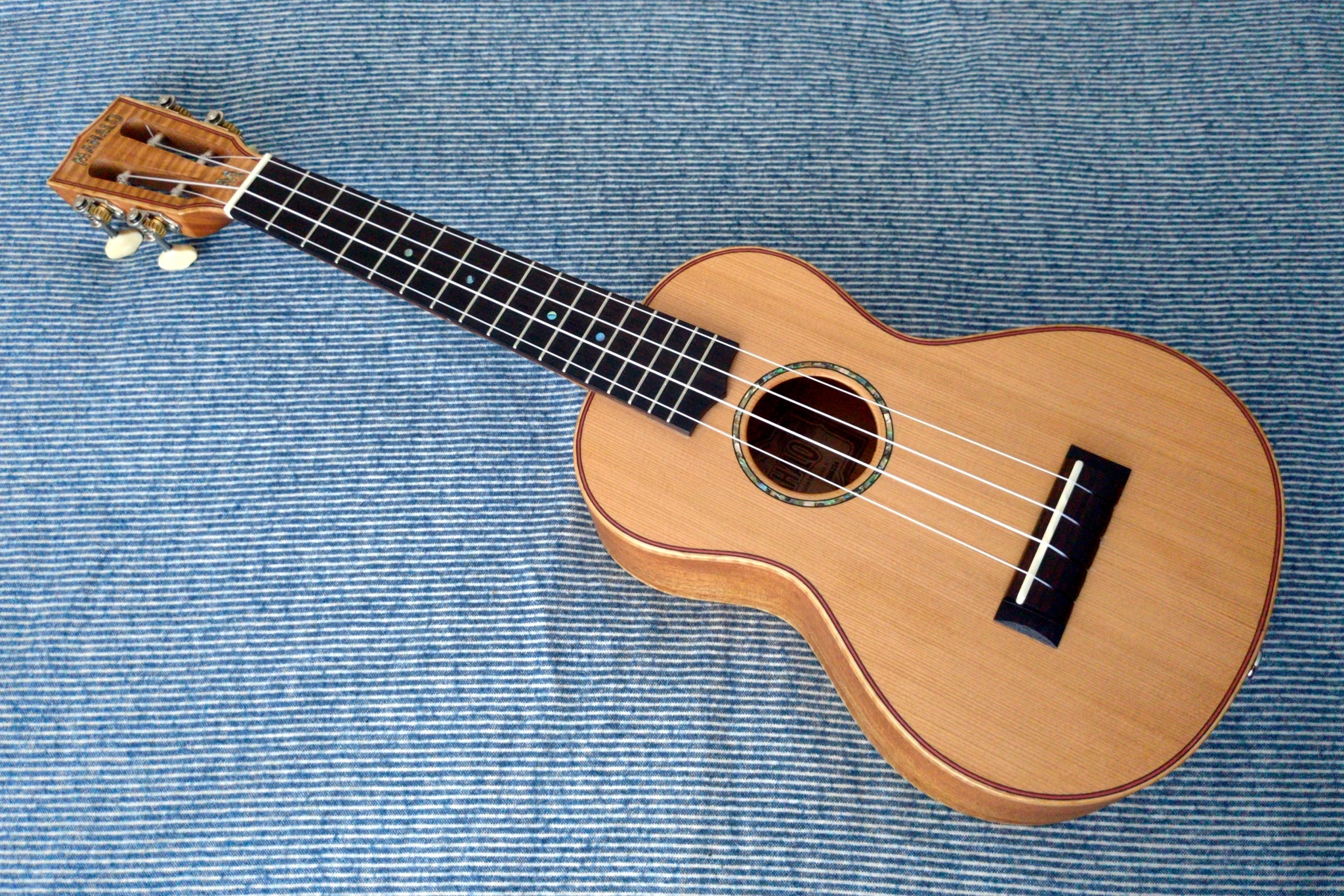Week 242: The end is nigh
L— was away for most of the week at a course in Rotterdam. I wasn’t just stuck on my own at home: I had so many things on that I had to cancel my plans on one night in order to get some needed rest.
I decided not to renew my contract beyond the current quarter, which means I have about five weeks left on the job. There’s a lot that I’ve enjoyed about the work, but there’s a lot more that’s frustrating and I’ll be glad to be finished with the bureaucracy, Teams calls, and the annoyance of logging into the Microsoft Office suite several times a day.
What next? I’d love to pack in the whole computer business and switch to making musical instruments – maybe obscure early modern ones. I’m not sure whether there’s enough money in that, but at least I wouldn’t be (quite so) complicit in maintaining the structures of oppression and the means of our own demise.
I did a bit more luthiery, which also goes towards making me think that it’s not a ridiculous idea. The previous week, I was browsing on Reverb and saw a fairly nice ukulele with a detached bridge for £32.50 delivered. I thought, I can probably fix that, so I ordered it.
It’s made by Mahalo, a Japanese-owned brand of ukuleles with a misleadingly Hawaiian name. They’re mainly known for pile-‘em-high sell-em-cheap soprano ukuleles of basic plywood construction and irregular quality control, sourced from China and Indonesia.
In recent years, they’ve attempted to move up the scale, and introduced the Master Series a couple of years ago. These are made with solid wood, good materials, and inlaid decorations. This was the instrument I bought, a concert size ukulele with a red cedar top, made in Indonesia. It’s around £150 new so it’s not exactly high end, but it’s definitely worth more than a round of beers – when it’s in a playable state.
Meticulously hand-made by master craftsmen, these are top-tier instruments made from premium solid woods with incredible attention to detail.
Well. About that. It is mostly well made, but the reason the bridge fell off this instrument, as I could see from the photo online, was that they had glued the bridge on top of the varnish. You’re not supposed to do that. Varnish is not glue, and does not provide the strength of bond to the soundboard that is needed to resist the pull of strings, even when there are only four of them. And so it proved.

As advertised
I wouldn’t call that master craft, nor would I say it shows particularly good attention to detail. It is, however, an easy job to fix.
I used the residual varnish on both sides of the joint to locate the bridge, then laid down a couple of layers of masking tape all around to define the edges and to hold it in place later.
I carefully scraped away the remaining varnish where the bridge had been and prepared the surface. I sanded the bridge base flat. I checked that it fit flat on the exposed surface, and tweaked the margin of the varnish slightly to achieve this.
Then I put on some decent glue (red Titebond), clamped it in place, and went to the pub.

The bridge is glued and clamped
The next morning, I removed the clamp and left the joint to cure for the full 24 hours specified, during which I took a trip to Hobgoblin for some appropriate strings (Aquila Super Nylgut).
(Despite their invitation, I resisted the temptation to play any of the amazing range of instruments while I was in there, in case I ended up buying one by accident!)
I tidied up the fret ends and levelled and dressed the frets. The factory fret job was pretty uneven and had some sharp ends. I also adjusted the nut for easier fretting.
The strings went on, the bridge held, and it’s a nice little sofa ukulele for a grand total of £42.49, nearly a quarter of which is the price of the strings.

Back to full health
The intonation is fine, and it plays well and sounds good now. With its size and material I expected it to sound brighter than my tenor (solid koa top), but I was surprised that it’s also noticeably louder. I don’t think I’d recommend one of these to someone shopping for a ukulele, given the inherent flaws with its manufacture. If you find a broken one for cheap, though, go ahead! There must be a few around.
It’s said that George Harrison had a ukulele in every room in his house. I’m not quite there yet. I also have fewer rooms.
When he was leaving, I walked out to the car and he says, “Wait, I want to leave some ukuleles here!” And he’d already given me one. “We may need more!” He opened the trunk and he had a lot of ukuleles in the trunk. And I think he left four at my house, and he said, “Well, you never know when we might need ’em, because everyone doesn’t carry one around.”
I’ve been watching the new Alien: Earth series but it’s not really moving me so far. I did, however, enjoy the blatant rip-off of Maggot Brain in the soundtrack near the beginning of the third episode. I looked it up: it’s Procession by Jeff Russo, and I’m not the only person to have noticed the resemblance.
I spent the bank holiday weekend lounging around. I wasn’t completely unproductive, as I put together jazz ukulele arrangements of a couple of songs (I Wish I Knew How It Would Feel to Be Free and You’ve Got a Friend). I can’t resist playing a sixth or diminished or minor seventh chord whenever a straight major/minor triad is called for.
Links:
- Yes, an incoming illiberal and radical UK government would have absolute constitutional power. “If an illiberal radical government obtains a firm majority at the next general election, and is competent, then as the law currently stands nothing would hamper them in what they want to do and much would help them. But those now in government […] know this could happen (or should know), yet they are doing nothing to stop it in advance.”
- Ukulele Chords. Quick to use, includes all the spicy chords, and shows multiple possible fingerings.
- Escaping the chains of tethered products: the Juice Rescue project. “That’s when I got an email from Enel X Way, an Italian power company, that the software in the boxes that charge our cars would be disconnected in just a few short weeks. […] How was it that a group of executives halfway across the world could, with a single email, disrupt a whole community’s lives, and what could we do about it?”
- Overdoing Gender: A Test of the Masculine Overcompensation Thesis. “Women showed no effects when told they were masculine; however, men given feedback suggesting they were feminine expressed more support for war, homophobic attitudes, and interest in purchasing an SUV.”
- AI Killed My Job: Translators. “[T]he real AI jobs crisis is that the drumbeat, marketing, and pop culture of “powerful AI” encourages and permits management to replace or degrade jobs they might not otherwise have. More important than the technological change, perhaps, is the change in a social permission structure.”
- Trans segregation in practice: Experiences of trans segregation following the Supreme Court ruling. Hard to read for anybody with a heart, but this is the real effect of the ruling and its overinterpretation.
- Spectral bats greet each other with ‘hugs’ and share food, video study reveals.